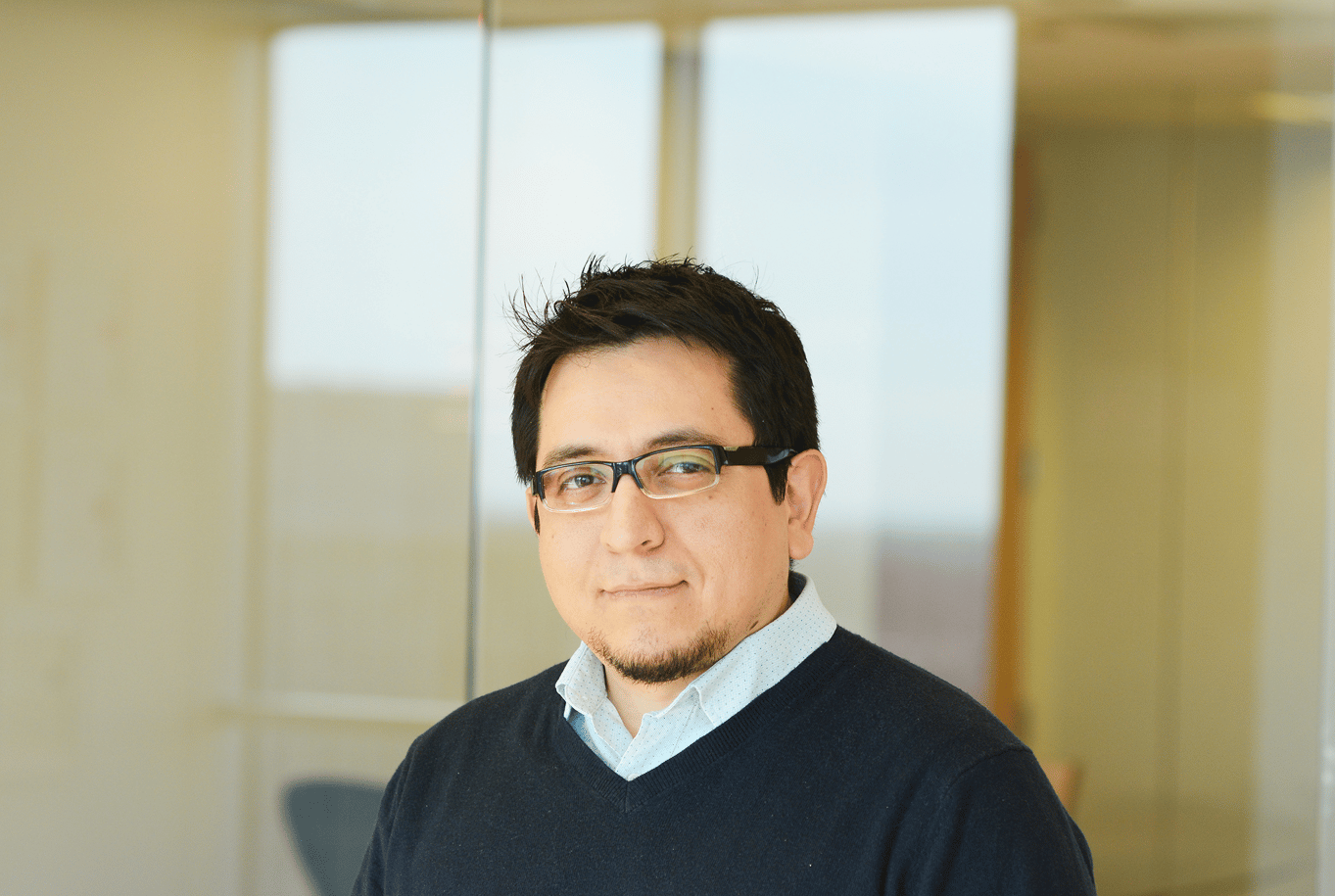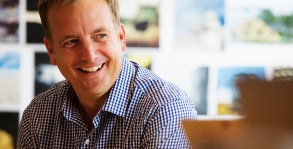Trivers is proud to highlight our highly skilled team of diverse professionals passionate about creating architecture and design of lasting positive consequence. Get to know them in our recurring team spotlight series.
Martin Padilla, AIA, LEED Green Associate, is a project architect with more than 20 years of experience. Martin served as a project designer at Trivers early in his career, gained valuable experience at several other firms, and returned in 2017 with a focus on civic and higher education projects. He shares his experience immigrating to the United States, some of his favorite projects he has worked on while at Trivers and more.
Q: What are your roles and responsibilities at Trivers?
I function as a project architect, which means I oversee production from start to finish for projects, including construction administration. I also do some mentoring for some of the younger team members and organize the lunch and learn events we regularly host to provide educational opportunities to the entire staff.
Q: What are some of your favorite projects that you’ve worked on while at Trivers?
There are so many wonderful ones, but the coolest projects for me have been the historic work I’ve gotten to do at Trivers. I am currently working on the Butler Brothers Building, which is a massive former warehouse. We are in the process of turning it into a 384-unit apartment building. We’ve also gotten some exciting new workplace opportunities that have given us the chance to use some innovative design ideas that are really invigorating.”
Q: Why would you recommend Trivers to other architects looking for a place to work?
I think it boils down to the people. There’s a cultural community built within the firm based on openness and dialogue, which provides a strong foothold for anyone who comes to Trivers. I’ve been to a variety of firms, which has helped me see what I want to get out of my career not only from a work standpoint, but also from a community standpoint. The atmosphere of acceptance and openness has led to the creation of many of the committees we have now such as the EDI Committee and Sustainability Committee.
Q: What is your cultural background?
Q: How do you bring your background to projects?
My lived experiences are dramatically different than those of my colleagues. I grew up in an urban neighborhood in Chicago, which was a little tough, but it gave me a unique perspective. It allowed me to realize what I can bring to the table is different than what anyone else can offer. I think everyone at Trivers has a different lived experience, which is wonderful. With a variety of backgrounds, you get an array of opinions and ideas and thoughts. It has always been important to me to be able to work with a diverse group of individuals.
Q: How does Trivers make all its employees feel welcomed and valued?
I’ve always felt welcome at Trivers, and I think a lot of people do. Trivers treats their employees like family members, and they want to know what is important to us. That is how the EDI and Sustainability committees got started. They don’t sit quietly and ignore the issues that are important to us and the broader community. They want to have discussions, which makes us feel like we are heard.
Q: For years you were also the assistant director for career services in architecture at Washington University’s Sam Fox School of Design and Visual Arts. How did that experience impact you and your role at Trivers?
Q: What are you currently reading?
I am reading Michelle Obama’s Becoming, which was recommended by my wife. One of the things that drew me to it was our shared experience of living in Chicago. Michelle Obama went to the same high school I went to, Whitney M. Young Magnet High School. The book has given me a rich connection to my past.
Q: Do you have any hidden talents or skills?



